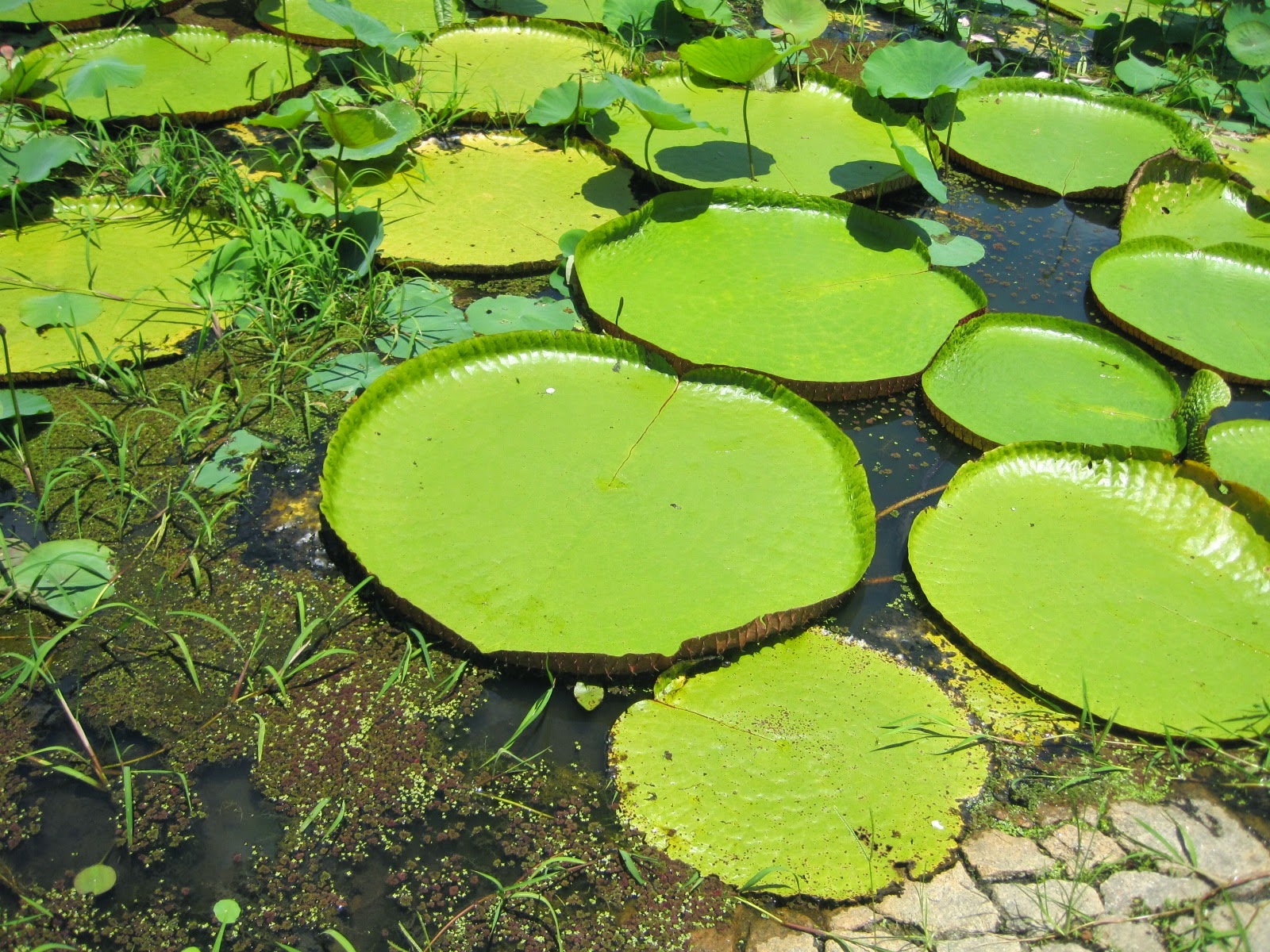This blog entry is dedicated to a topic far
from our normal descriptions of traveling adventures and focuses instead on the
month-long engine upgrade for Atalanta. Atalanta is one of six 44’ Little
Harbors built that are center cockpit.
She is a semi-custom made sloop built in 1983 by Ted Hood, one of
America’s iconic yachtsman. Atalanta was,
in fact, owned by Ted for her first three years and like all his boats bore the
name Robin Too and was painted with
his signature hull color of Stars and Stripes
Blue.
Ownership of a boat like Atalanta brings
with it an obligation to maintain her and to keep her in good if not great
“Bristol” condition. There are two
aspects of maintenance: cosmetic and mechanical. We try to make sure that all is maintained by
us unless said maintenance requires a level of expertise that we don’t possess.
After 31 years of service, Mr. Perkins (as our 4154 Perkins Engine
is fondly called) has met the end of
its usable life. Although we are a sailboat,
the auxiliary engine is critical to our ability to do the kind of travel that
Atalanta is designed to do and that we are doing with her. Mr. Perkins began requiring more frequent and
expensive service so we decided it was time, while in Trinidad, to have him
changed.
We opted to purchase a Yanmar 4YH-4HTE
which is a 100 HP engine. While the new engine
is 35 HP more than Mr. Perkins, it is physically smaller. It was always felt that the Perkins was a bit
underpowered for Atalanta. The Yanmar
should be better suited to pushing the boat through more difficult sea
conditions. It will be more efficient
and use less fuel and of course be more reliable.
Re-powering a center cockpit boat is a complicated,
difficult job. The engine is tucked deep
in the center of the boat under the galley.
In order to pull it out, one must remove the gen-set (another diesel
engine, that generates 110 volt electricity), remove galley cabinetry, slide
the 500-pound engine and transmission forward into the main salon of the boat
and then lift it with a crane out through the companionway and off the
boat.
The new engine must then be hoisted by
crane, maneuvered through the companionway, slid under the galley, and attached
to engine mount rails. Then the shaft
has to be refitted, prop re-pitched, new exhaust system installed, and new
instruments connected.
This work is being performed by Gittens
Engine Sales and Service company. Adian
Gittens is overseeing the job and has proven to be a master at figuring out the
many details.
We are looking forward to Atalanta’s return
to the water the first week in January and continuing on with our
adventure. With her new engine, we will
be able to be far more confident in her reliability and safety.
Thanks for following.
Richard and Kay
 |
| Mr. Perkins being extracted from under the Galley |
 |
| He's out and in the Salon This was the amazing part |
 |
| On its way out the Companionway |
 |
| And Mr. Perkins see the light of day for the first time in 31 years |
 |
| Yanmar Ready to be installed (starboard side) |
 |
| (Port Side) |


































